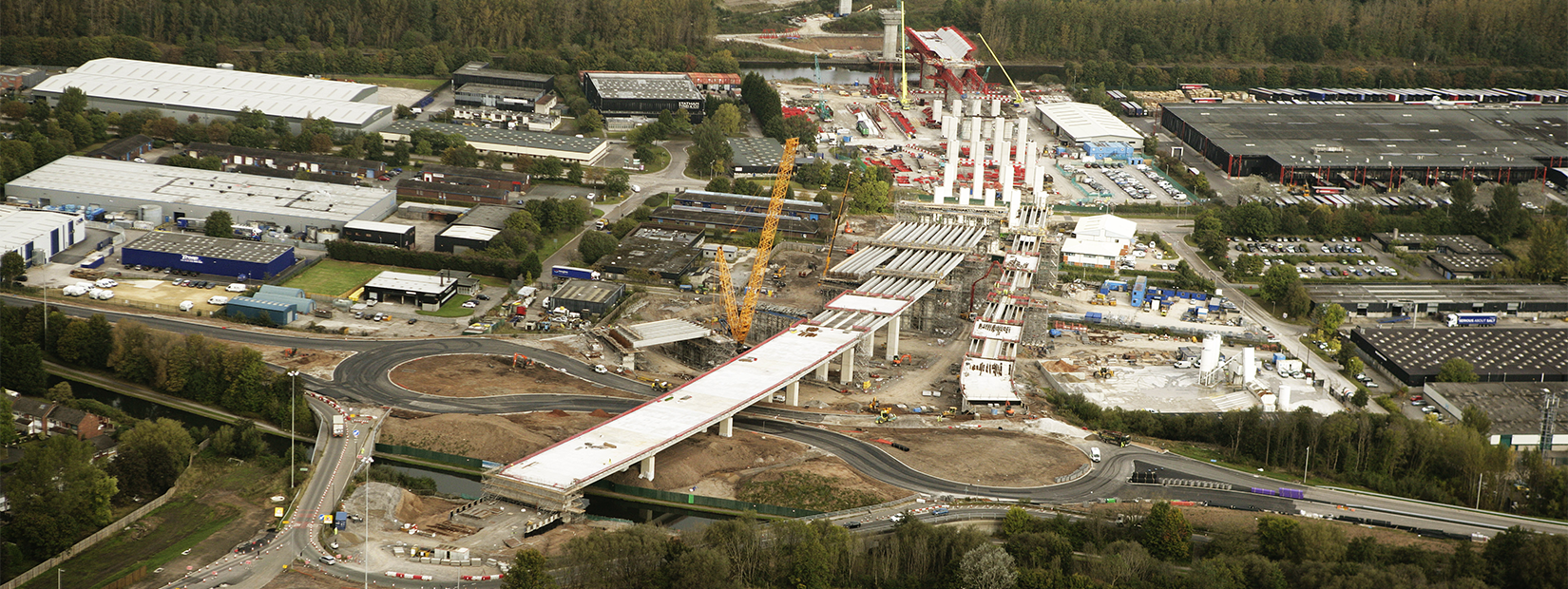With available building space at a premium in UK cities, there has been an increasing push to convert disused brownfield land into new housing. However, this land can often be contaminated due to its previous use, so care must be taken when looking to build upon it. In the next instalment of our city centre blog series, Dave Bradshaw, our Monitoring Manager explains how environmental monitoring can have a critical role to play in these applications.
As the first industrialised country in the world, the UK has over 400,000 hectares of contaminated land, commonly referred to as brownfields. Brownfield land is defined as being land that has previously been developed on but is no longer in use. These large plots are often the location of decommissioned and demolished chemical factories or gas towers, but now have the potential to provide space for the new high-quality housing developments that our country so desperately needs. By converting and rejuvenating brownfields into constructible land, a great number of green spaces can be saved from construction, allowing more spaces for nature to thrive.
The issue that often comes with land remediation is that the earth and material left over from the previous structure is often contaminated, meaning that as it is removed and excavated these contaminants can be released into the air. Known as volatile organic compounds (VOCs), these gases are invisible to the naked eye and can sometimes even be odourless, making them difficult to detect without specialist equipment. Whilst at lower levels these gases are not detrimental to the health of those living nearby, as the VOCs dissipate into the atmosphere they can create an unpleasant odour in the area, which in turn can result in complaints from residents. Additionally, in higher levels these VOCs can have a detrimental effect on the health of those working on site and living nearby. As such, monitoring solutions can help to provide an early warning system, alerting demolition crews to the presence of excess VOCs, giving them time to tent the area off and filter the gases safely away.
Monitoring the levels of VOCs is clearly an essential consideration for demolition contractors working on a land remediation project, preventing any unnecessary impact on local residents nearby and reducing the potential for complaints.
An effective VOC monitoring solution, like Enviroguard, can be used to ensure that levels remain within the acceptable parameters, as per the Control of Pollution Act 1974. Monitoring solutions should be implemented as early as possible in order to set a baseline of the site before works begin, allowing contractors to differentiate between normal levels and the newly released VOCs from their ongoing work. It is recommended that the monitoring equipment and sensors are positioned at the site boundary, as well as near any buildings that could be affected – such as hospitals, shops or offices – providing the contractor with accurate, real-time data on the level of VOCs released across the duration of a demolition. Should these levels breach established thresholds, action can be swiftly taken to safely ventilate the gases away.
City centre construction work is often a complex process, with compact urban spaces and redevelopment of brownfield land meaning construction work can easily impact on the surrounding area. However, by using an effective and accurate monitoring solution, these impacts can be better managed and acted upon if necessary. This is where working with a provider such as Mabey Hire can prove invaluable, with the monitoring equipment and expertise needed to create a tailor-made solution. With our help, you can ensure you are being considerate in your approach to vital construction works.
